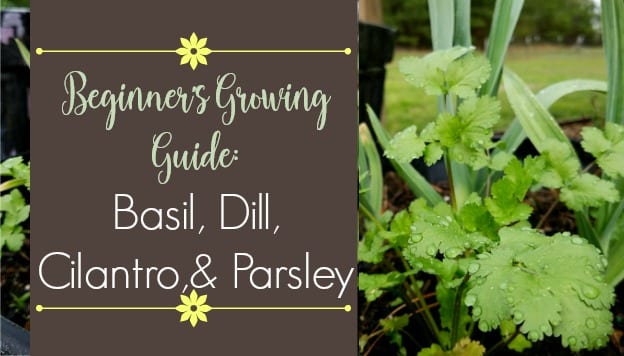If you’re adding fresh herbs to your meals, make sure to prepare them properly. Of course, you can take a large knife and finely chop the greens to size. But you run the risk of crushing greens or throwing out completely edible and useful parts, “tops and roots”. So here’s a guide to slicing greens.
It is impossible to properly cut greens until they are washed and completely dried. It is very important. Even slightly damp greens turn into mush when you chop them. Fill a bowl with cold water and gently dip the bunch in the water. Any dirt will settle to the bottom, and greenery will float. Pull it out, place it in a special greenery dryer or shake it gently. Almost everything is ready.
But not really. Even after spinning in the dryer or shaking by hand, moisture remains on the fresh herbs. Spread them out on a paper or clean absorbent tea towel and leave to dry completely. (It is best to rinse and dry the greens as soon as you get home.)
Now let’s move on to chopping the greens.
Parsley, dill and cilantro
In addition to the leaves, use the upper thinner part of the stem: it is also edible and extremely tasty. Simply chop off the lower hard part of the stems and discard. Tip: If you are not using the stems, freeze them. For example, they can be used to make vegetable broth.
Mint, basil and sage
Gather the leaves from the stems and carefully break them into pieces (this avoids dark spots caused by cutting with a knife). Or thinly cut the leaves into strips: fold them together, roll them into a narrow bundle and cut them crosswise with a sharp knife.
Thyme, rosemary and oregano
Take one twig on top, grab the stem with two fingers of your other hand, and quickly slide over the stem to remove all the leaves. Gather them together and grind to size. Thyme leaves are usually very small and do not need to be chopped at all.
Shallot
If you just chop the onion, it becomes soft and mushy. To maintain beautiful rings, cut exactly perpendicular to the length of the stem. A knife can do this too, but kitchen scissors work best.










